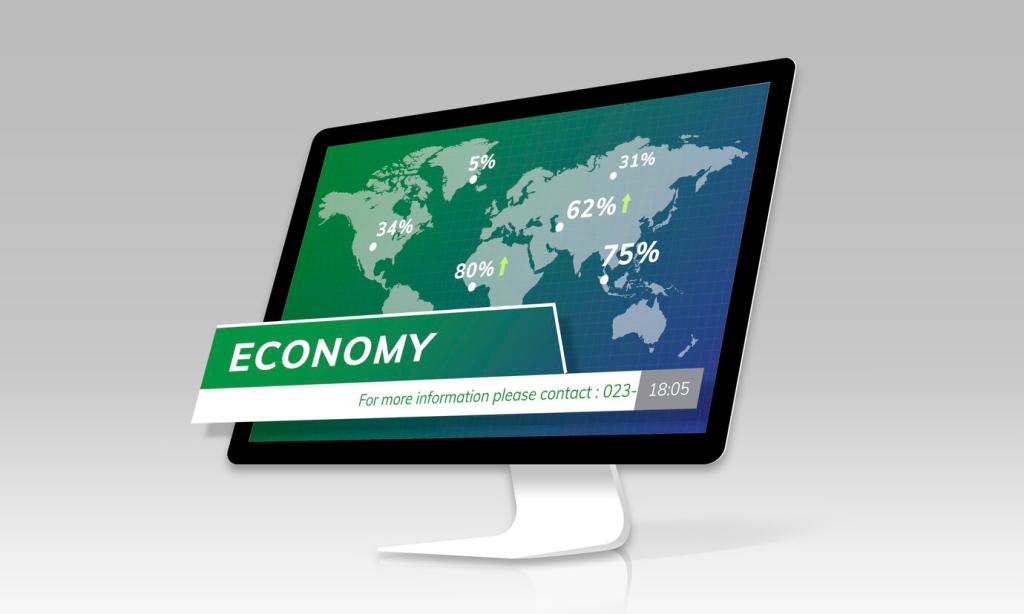Forecasting That Plans Itself
Modern forecasting recognizes holidays, billing cycles, and promotions. Models adapt when patterns shift, highlighting where uncertainty expands. Instead of arguing over the baseline, teams focus on actions to narrow variance and hedge risks before they become surprises.
Forecasting That Plans Itself
Tie costs and revenue to drivers like headcount, utilization, lead volume, and supplier indexes. Add macro indicators such as inflation or freight rates. With drivers in place, what-if changes ripple instantly through your plan, demonstrating trade-offs clearly and credibly.
Forecasting That Plans Itself
Spin up conservative, base, and aggressive cases with automatic assumptions. Stress-test vendor increases, hiring freezes, or demand shocks. Invite leaders to propose scenarios in comments, then subscribe to updates as the model recalibrates with fresh data each month.
Forecasting That Plans Itself
Lorem ipsum dolor sit amet, consectetur adipiscing elit. Ut elit tellus, luctus nec ullamcorper mattis, pulvinar dapibus leo.









